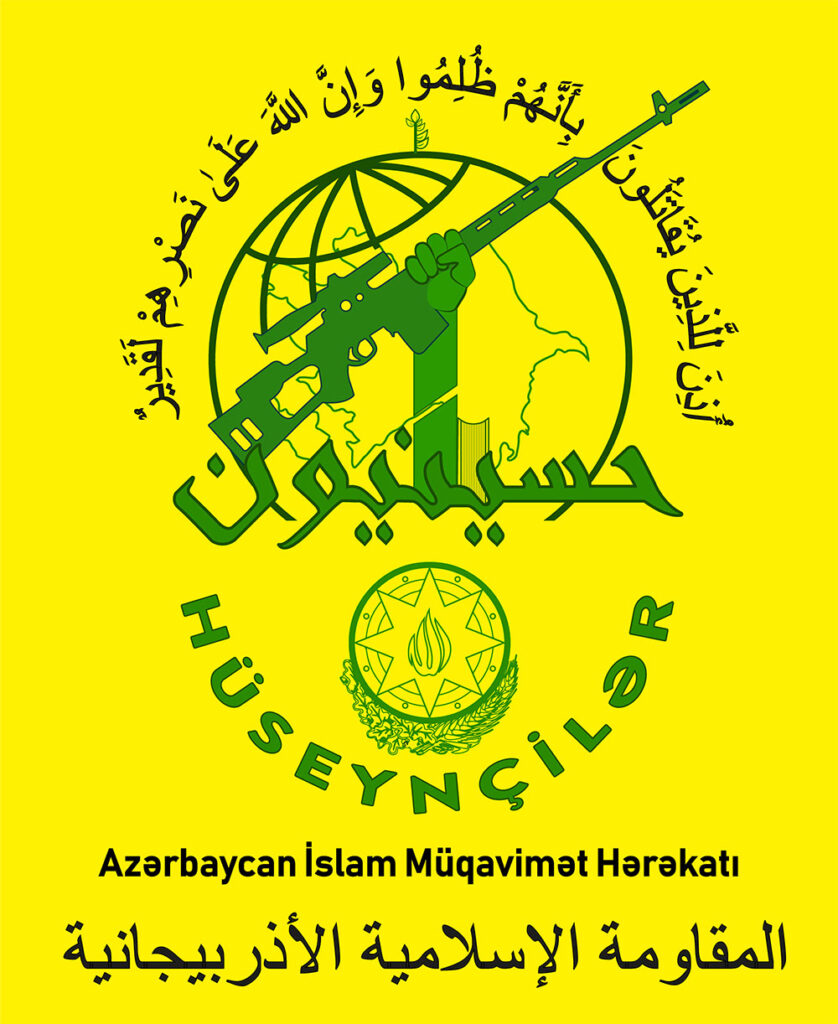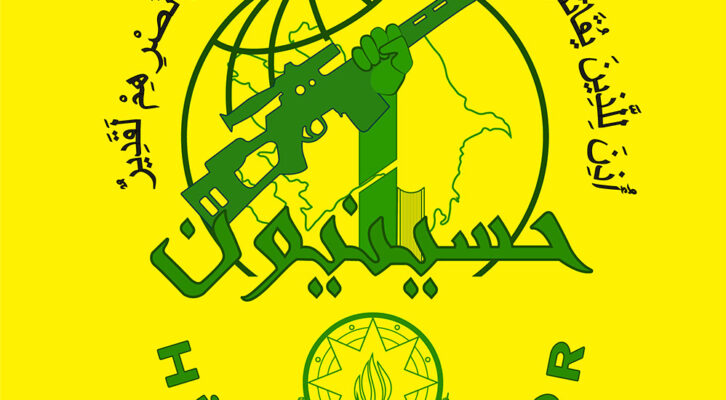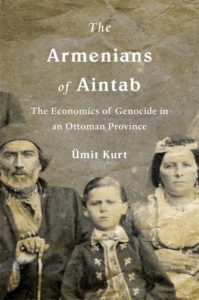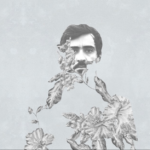Background of Religious Persecution in Azerbaijan
Despite being a Shia Muslim majority country, the ruling regime of Ilham Aliyev regularly and aggressively enforces secularism on the population of Azerbaijan. Azerbaijanis are forbidden to study in foreign Shia seminaries (hawza). Women are discouraged and forbidden from mandatory Islamic veiling, and annual Ashura commemorations are scrutinized and often banned.
With the independence of Azerbaijan from the Soviet Union in 1991, many new political parties emerged, one of them being the Islamic Party of Azerbaijan (IPA). In 1996, the party was banned for calling for the implementation of Sharia law. Its leader Haji Alikram was imprisoned and accused of “spying for Iran.”
In September 2010, citing newly-adopted school uniform standards, the authorities banned the wearing of hijab in schools. This action catalyzed a new wave of Islamic political activism, with “Free the Hijab” demonstrations until 2012. The protests ended with serious clashes between protesters and police; some participants received long prison sentences.
Taking advantage of the political crisis in October 2021, Iran held war games near the Azeri border, and Supreme Leader Ali Khamenei accused Baku of harboring Israeli “agents” in Azerbaijan. That’s when Azerbaijani authorities closed the office of the representative Khamenei in Baku, and on October 19, Sardar Babayev, Jalal Shafiyev, Gadir Mammadov and Tamkin Jafarov—all members of the “Union of Clergy,” an organization representing Shia scholars and religious figures in Azerbaijan—were detained.
Under this atmosphere, the “Husseyniyyun” Resistance Group (also known as the Islamic Resistance Movement of Azerbaijan) was founded by graduates of the Iranian Qom seminary, to oppose the policies of Azerbaijan’s President Aliyev. This article will highlight the ideology and the founding roots of the movement and analyze its constraints in containing the growing Turkish-Israeli influence in Azerbaijan.
The “Husseyniyyun” Movement
According to Bahruz Samadov a Ph.D. candidate at Charles University from Azerbaijan, “Husseyniyyun” advocates for a theocratic state based on “belief and morality, justice, science and rationality, brotherhood and community.” Members of the “Husseyniyyun” movement call for a violent overthrow of the secular system in Azerbaijan and the creation of a “Karima state” in the form of an “Islamic Republic.” In their speeches, “Husseyniyyun” members attack Israel, Turkey and the US and criticize Aliyev’s regime for its diplomatic relationships with these countries. They also call for violent attacks against the US embassy and Israeli interests.
The movement first initiated protests against the restriction of religious activities; with the widespread arrest of its members and the indifference of the “Religious Council of the Caucasus,” many of its members self-exiled for Iran and some of them later headed for Syria joining Iranian militias to fight against ISIS. In 2013, Tohid Ibrahim Begli, the founder of the movement, met the Iranian Supreme Leader and was instructed to form an organization to recruit Azerbaijanis to fight against ISIS in Syria. In late 2015, Begli instructed 14 students from Azerbaijan who were continuing their religious studies in Qom and Mashhad to establish a brigade. After military training, they were transferred to Damascus. There, he met Qassem Soleimani, the former commander of the Islamic Revolutionary Guard Corps (IRGC) al-Quds Force, who named the brigade “Husseyniyyun.” Upon their arrival in their home country, many members were interrogated and persecuted by the Azerbaijani authorities.
One of the detainees was Elmir Zahedov, a high-ranking member of the movement who fought in Syria and was imprisoned in Azerbaijan in 2021. In 2020, Falew Valiyev, another member of the movement, was captured in Russia and extradited to Azerbaijan. Valiyev was charged with “being a member of a criminal group,” “training outside the Republic of Azerbaijan for terrorist purposes” and “participating in the activities of armed groups outside the laws of the Republic of Azerbaijan.” He was sentenced to eight years in prison.
Azerbaijani media started concentrating on this movement when one of its members, an Iranian-educated Shia cleric Taleh Bagirzade, announced a hunger strike. Bagirzade was imprisoned for calling for the violent overthrow of the “constitutional order,” the establishment of a Sharia-based system and for engaging with his supporters in an armed confrontation with police, which resulted in the death of two police officers and four religious activists in the religiously conservative Nardaran village in 2015. In a leaked audiotape, Bagirzade said he considers Iran’s Supreme Leader Ayatollah Khamenei a “red line.” Bagirzade ended his hunger strike at the urging of Ayatollah Ja’far Sobhani (a close associate of the Iranian Supreme Leader). He was sentenced to 20 years in prison for “publicly calling for the overthrow of the government and inciting hatred.”

So far, six members of the movement have been arrested in Azerbaijan and sentenced to 12 to 14 years in prison after a trial in the Baku Special Organized Crime Court. One of the most prominent prisoners is Yunis Safarov, who received a life sentence after a failed attempt to assassinate the mayor of Ganja.
The Azerbaijani government is closely monitoring the movement and imposing further restrictions on religious activism. Pro-government circles are denouncing the movement and some MPs, like pro-government Razi Nurullayev, who has accused the group’s sympathizers of “treason” thus further polarizing the society. Interestingly, by persecuting religious activists, Baku also diverts attention from a far bigger security threat – which is the Wahhabi/Salafist activism. Hundreds of Azerbaijani Salafis who have joined ISIS and other terrorist groups in Syria and Iraq have not been detained in Azerbaijan.
It is worth mentioning that the movement’s main base is located in southern Azerbaijan, a region with a history of support for political Shiism. Samadov argues that “Husseyniyyun can potentially gain supporters among an underclass that could be attracted to the just vision of a Karimah state and turned off by pro-government clerics. It may not garner broad support, but its ability to mobilize passionate segments of the population could augur a polarization of a society that was once firmly united around the victory in the (2020 Karabakh) war.” But can the movement gain further momentum and turn into another Iranian-backed Lebanese Hezbollah-style militant-political institutionalized party?
A Caucasian “Hezbollah”?
Speaking at the conference on the South Caucasus: Development and Cooperation in April 2022, Azerbaijan’s President Aliyev told an Iranian journalist that he had given the Iranian president a list of 20 Azerbaijani nationals residing in Iran and involved in violent and radical activities and requested extradition and received no response whatsoever. It is worth mentioning that the Azerbaijani authorities during their meetings with Iranian officials always raised the issue of extradition in return for certain economic concessions to Iran. This offer has always been rejected from the Iranian side, as Tehran raises the issue of Israeli security and military activities near the Iranian-Azerbaijani border, something which Azerbaijan denies.
In a meeting with Russian Foreign Minister Lavrov, Iran’s President Raisi underscored his country’s position that it opposes any foreign military presence in the region, especially in the Caspian near the coast of Iran. This demonstrated Iran’s concern with the Turkish-Azerbaijani military alliance and Israeli military and intelligence activities near the Iranian-Azerbaijani border.
Nevertheless, from this perspective, any political crisis perceived between Tehran and Baku in the future will not lead to a conflict in the conventional sense, given Turkey’s growing influence in the region and Russia’s need to hold the regional status quo. But the emergence of the “Husseyniyyun” movement is an indicator that Iran has options to confront its opponents across the border in the Caucasus through unconventional means. From a pragmatic perspective, Iran regards the pan-Turkic-inspired Azerbaijani expansionist nationalism as a threat to its territorial integrity due to the large Azeri ethnic minority in its northern province. Iran is very well aware that such provocation will be pushed by Israel. On July 20, 2020, Israeli ambassador in Azerbaijan tweeted a photo of himself reading a book on “Azerbaijani history and culture of Tabriz.” The tweet turned into an anti-Iranian campaign where many Azerbaijanis and Israelis called for the Azerbaijani annexation of Tabriz. In response, the Iranian Ambassador to Azerbaijan Seyid Abbas Mousavi threatened the Israeli ambassador never to cross “the red line.”
Azerbaijan, for its part, is not worried about the increase of Shia religious-political activism in the country. Its ally Israel is also highly involved in intelligence sharing with Baku to counter any potential “Iranian threat.” According to the Israeli Meir Amit Intelligence and Terrorism Information Center (ITIC), the IRGC forces have been operating in Azerbaijan since the 1990s, aiming to “break the secular nature of Azerbaijan and change its pro-Israeli-Turkish-Western foreign policy orientation toward more pro-Iran.” For example, in 2012, Azerbaijani authorities convicted 22 members of an illicit network handled by the IRGC who were found guilty of conspiring to carry out terrorist attacks on Israeli and Western targets. According to the report, Iran carefully implemented a policy of defending its interests by “financing subversive formations and supporting paramilitary groups.” The report also mentions that Iran’s actions show its ability to confront its enemies through third countries, acting in unconventional ways by employing Lebanon’s Hezbollah and IRGC’s al-Quds force to carry out possible “terror attacks” against Israeli and Western targets in Azerbaijan.
As such, given the growing Israeli-Turkish influence in South Caucasus after the 2020 Nagorno-Karabakh war, Tehran will continue its effective policy of funding subversive opposition groups to try to confront any threats to its territorial integrity. Successful examples are in Iraq and Lebanon. Despite Azerbaijan being a Shia-majority country, political-Shia activism will face many difficulties and challenges in recruiting people given the secular nature of the society and the institutionalized (especially after the 2020 Nagorno-Karabakh war) pan-Turkic education and propaganda imposed by the state authorities. This is to say, the Lebanese Hezbollah scenario cannot replicate in Azerbaijan (at least in the near future) in the form of the “Husseyniyyun” movement which still lacks institutions and popular support even in rural areas.
The article was originally published in the Armenian Weekly, 25/1/2023.
Yeghia Tashjian is a Lebanese-Armenian regional political analyst and researcher. He graduated from the American University of Beirut in Public Policy and International Affairs. He also participated in and graduated from Swedish Defense University’s “Strategic Leadership in Global Societal Security Programm” (2022). He pursued his BA at Haigazian University in political science in 2013. His MA thesis topic was on China’s geopolitical and energy security interests in Iran and the Persian Gulf, currently, he is researching on the Turkish-Russian “co-opetition” in the MENA+ Caucasus region. He is a contributor to various local and regional newspapers, a columnist in the Armenian Weekly, and presented various topics from minority rights to regional security issues. He is an Associate Fellow at the Issam Fares Institute for Public Policy and International Affairs at the American University of Beirut and a part-time instructor in International Affairs at the American University of Science and Technology-Beirut.







